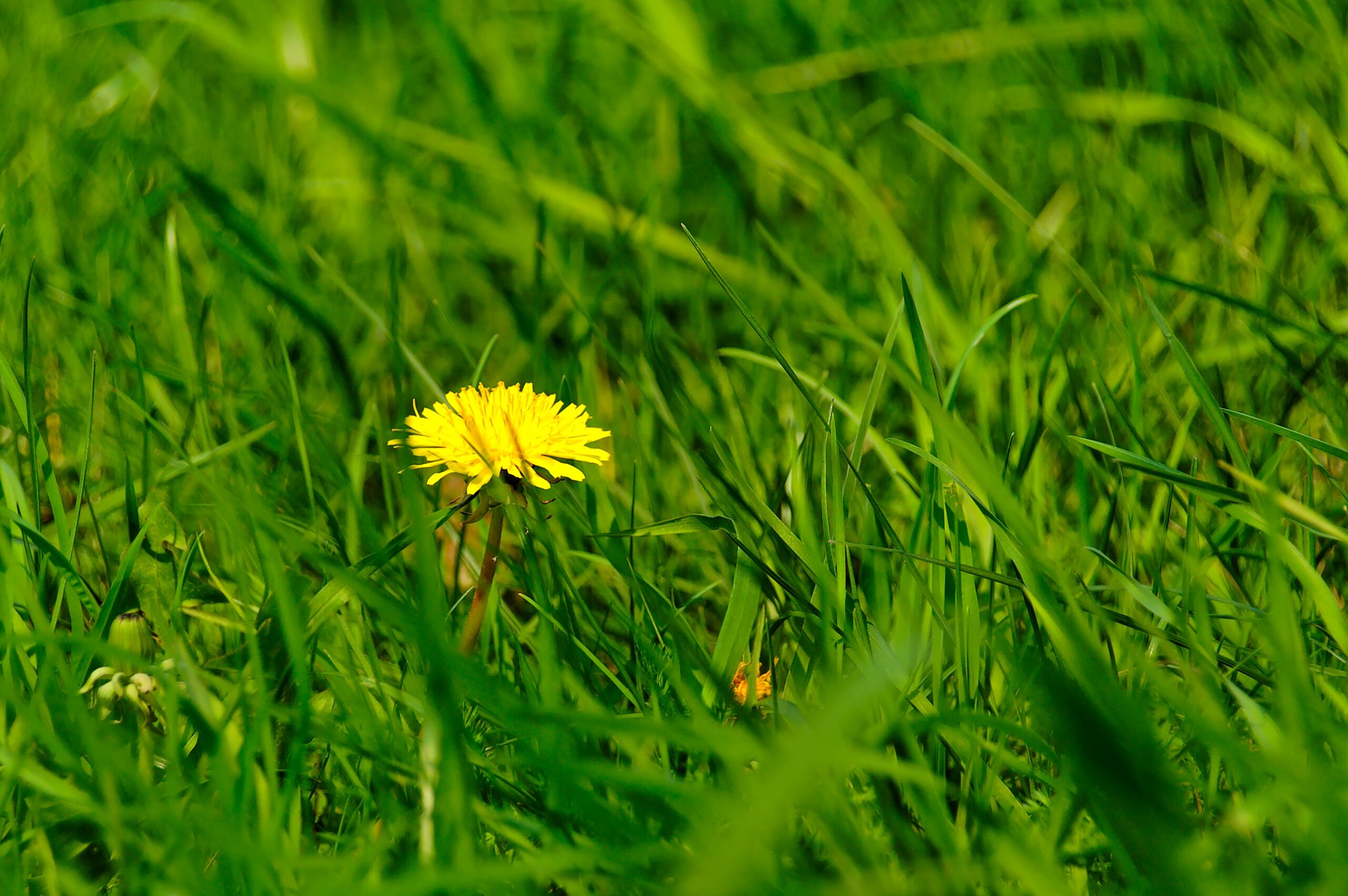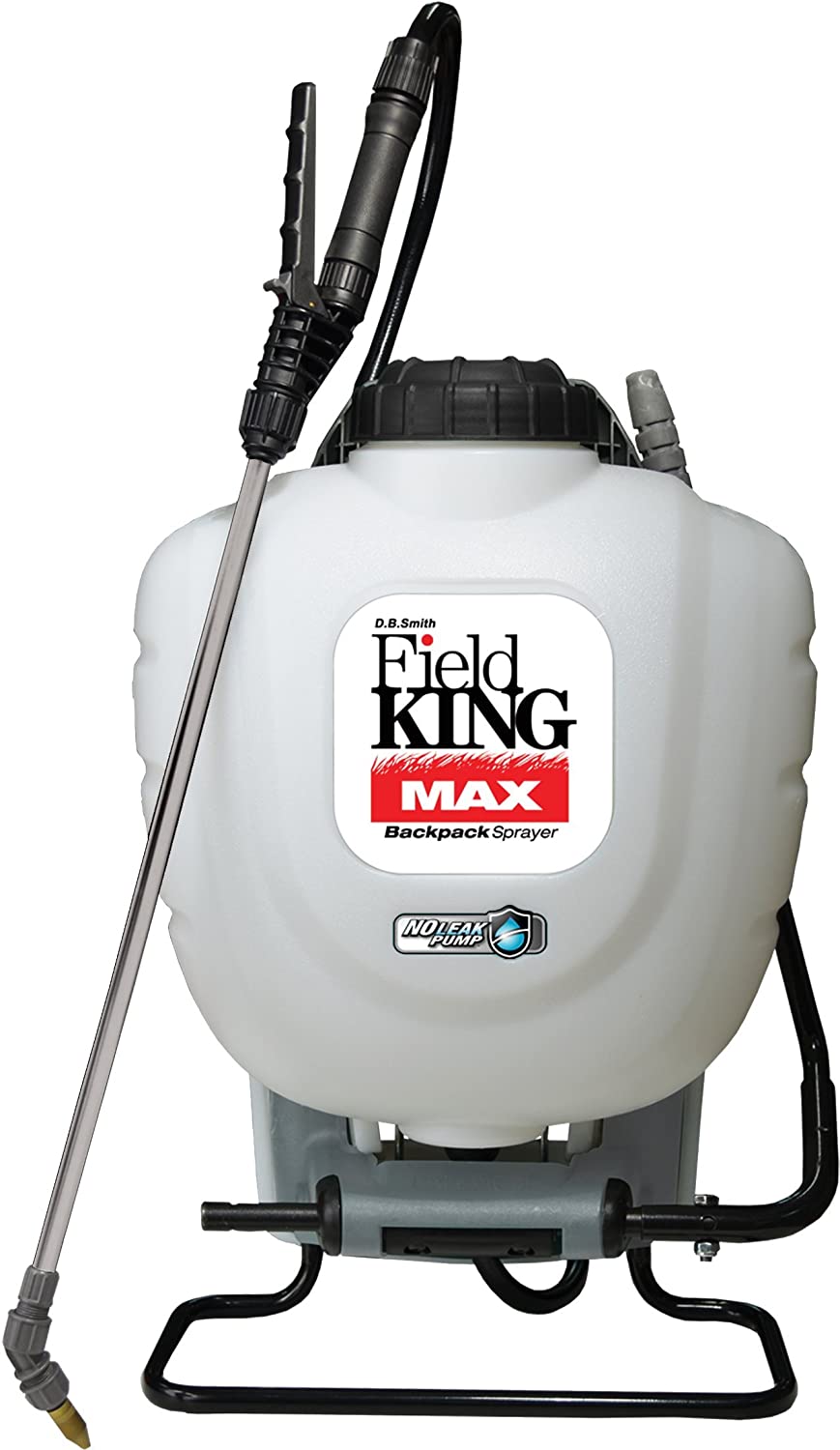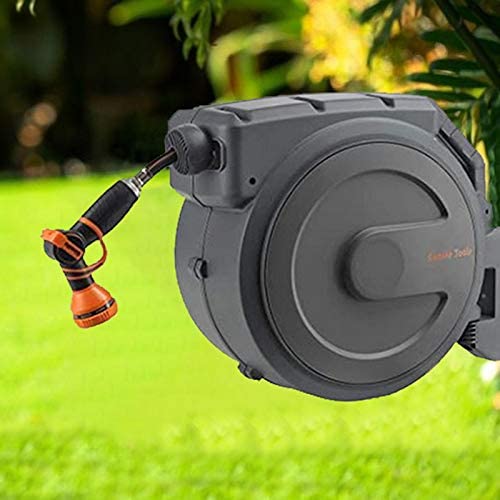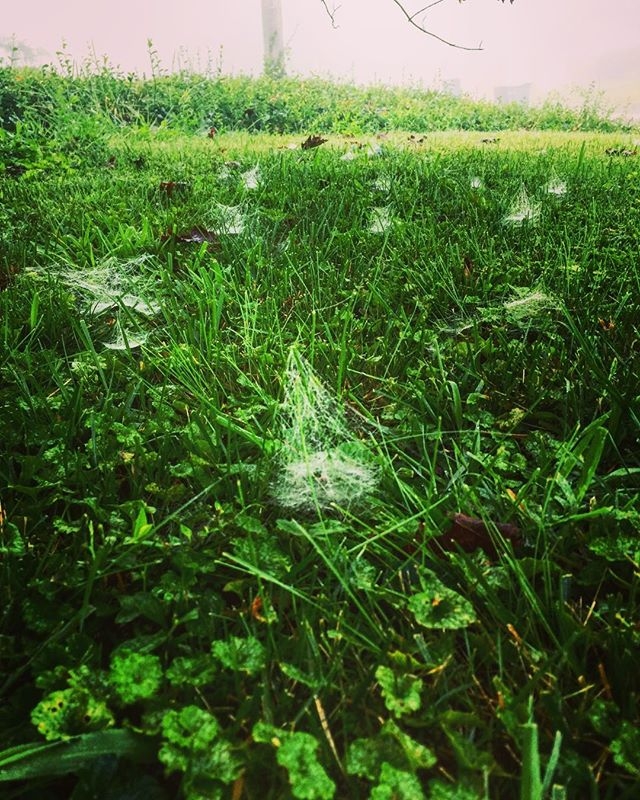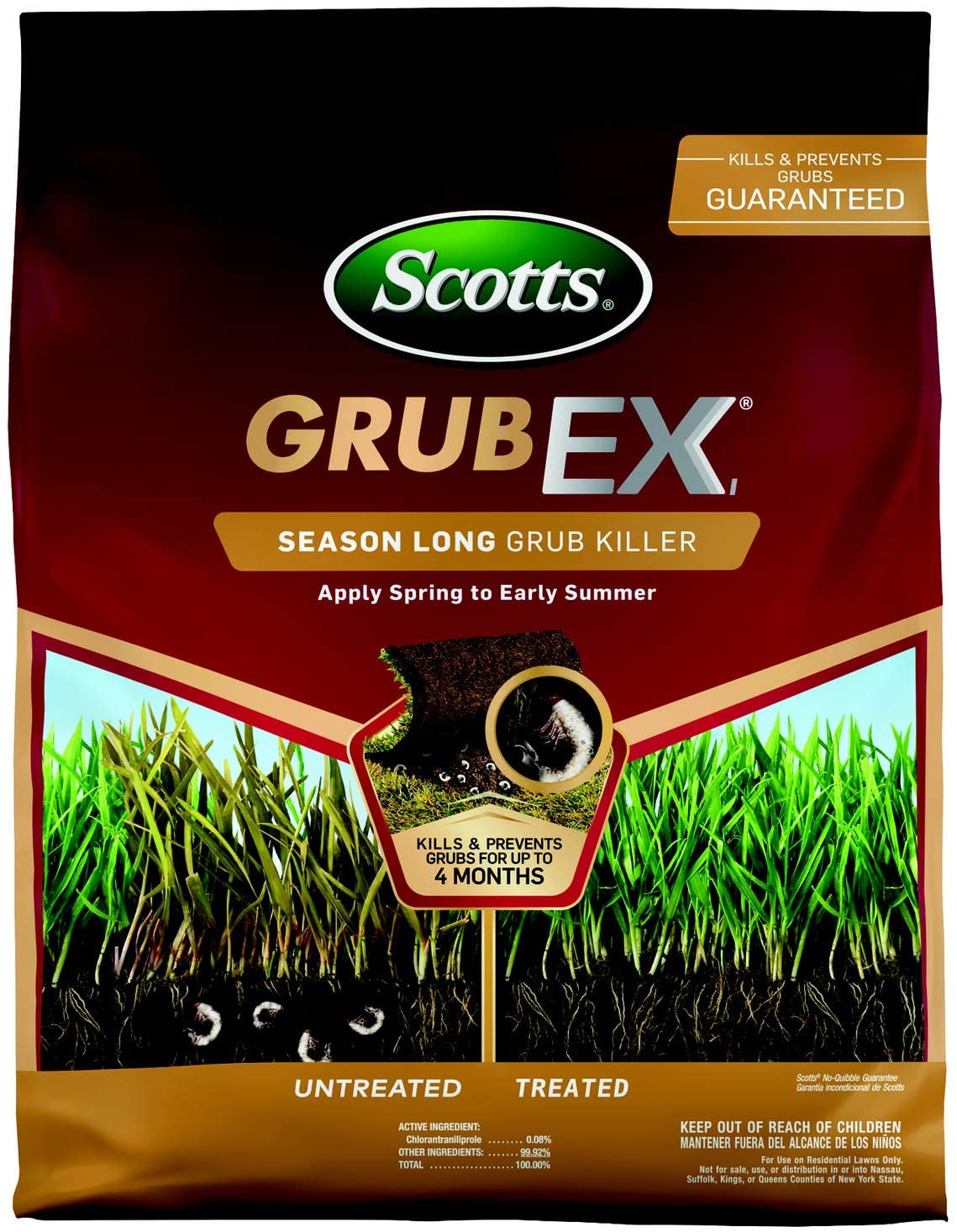Types of Grass for Lawns
Table of Contents
If you are a lawn care enthusiast looking to improve the quality of your lawn, you may research all kinds of treatments like fertilization, aeration or overseeding. But no matter how many treatments you try for your lawn, it could all be for nothing if you aren’t creating a sustainable environment for the type of grass growing in your yard.
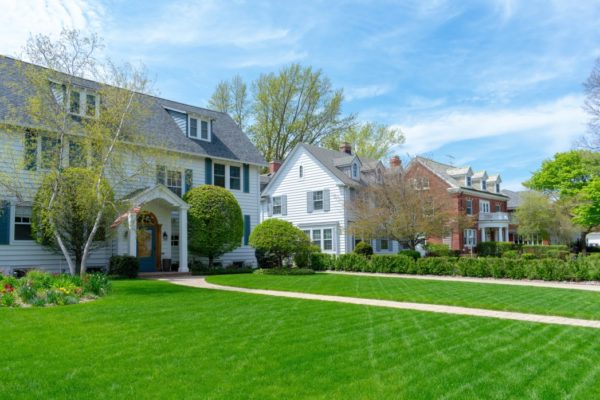
In order for you to really care for your lawn properly, you need to know what type of grass is growing in your yard. Then, you can figure out the basic conditions your grass needs in order to thrive.
Alternatively, it is equally as important to be familiar with different types of lawn grasses if you are considering laying down an entirely new lawn in your backyard – either sod or seed. Depending on your region and climate, you need to choose the correct type of grass to grow a sustainable lawn.
Warm Season Grass vs. Cool Season Grass
Types of grass fall into two main categories: warm season grasses and cool season grasses. However, within these two categories, there are a number of types of grasses. Each type of grass has its own set of characteristics and requirements for the best growth, and for that reason you need to determine which type of grass grows in your yard.
The different cool season grasses are: bentgrass, fine fescue, Kentucky bluegrass, perennial ryegrass and tall fescue. The warm season grasses are: bermuda, centipede, dichondra, St. Augustine and zoysia.
Cool Season Grass Types
In contrast to warm season grasses, cool season grasses thrive in the northern portion of the United States, and they can handle extreme weather fluctuations. Their peak season is the early fall. There is also a transitional zone in the country where a combination of warm and cool season grasses is the best option for grass growth.
All cool season grasses handle extremely cold weather and fluctuations in the climate better than warm season grasses, but there are subtle differences between the types.
Fine Fescue
Fine fescue grass grows well in shaded or sunny areas but will die in a drought or period of extreme heat. There are different types of fescue that belong to the fine fescue family, and it may be wise to do additional research to discover which fescue grows best in your exact location.
Fine fescue is a bunching grass that does very well in the wintertime and the summer. It requires little water compared to other grass types and is very much a drought-resistant grass in the northern regions of the US.
Fine fescue is typically mixed with other grass types in northern climates like Kentucky bluegrass and ryegrass. When mixed in with other grass types through the process of overseeding, it fills in the gaps nicely and helps make for a thick lawn.
Tall Fescue
Tall fescue can sustain harsher weather fluctuations such as extreme heat better than most cool season grasses. It’s also a “supplemental” grass type that is usually combined with other grasses in your lawn.
When buying grass seed, you’ll almost always find blends of tall fescue and Kentucky bluegrass. Tall fescue also germinates very quickly in the lawn from seed for fast results when seeding a new lawn.
Kentucky Bluegrass
Kentucky bluegrass is one of the most popular cool season grasses because of its sturdiness, its deep green color and its soft texture. People refer to it as “self-repairing,” meaning that it can grow over any dead patches on its own, which makes it such a popular pick. Unlike most other grass types, Kentucky bluegrass spreads with underground stems called rhizomes.
Kentucky bluegrass is a beautiful grass type for lawns and gets it’s name because it takes on a dark green and almost blue appearance in a thick lawn. It’s a favorite grass type for northern states because it holds up very well in harsh winters. During the summer, it feels great under bare feet.
Perennial Ryegrass
The perk of ryegrass is that it germinates quickly and leads to nearly instant growth, as opposed to the other cool season grasses. It’s a tough grass type that can take a beating, making it very durable. It’s great for lawns that take a lot of abuse from foot traffic like children or dogs playing in the yard.
Bentgrass
Finally, bentgrass is the type of grass used for northern golf courses, specifically on greens for it’s ability to be cut very low. When it’s on your lawn though, it doesn’t look as great as the golf green as it grows longer.
Bentgrass loves cool and moist conditions to grow. Older lawns were often sewn with bentgrass and once it takes hold in a lawn, it can be very difficult to remove.
Warm Season Grass Types
As the name suggests, warm season grasses grow in regions where the weather is warmer, typically in the South. Warm season grasses experience their peak growth during the hot summer months and die in the cold winter season.
Centipede Grass
Of the warm season grasses, centipede grass is often a popular choice because of its horizontal growth pattern. This grass does not need to be mown often because of its slow growth, though it cannot grow in extremely dry regions.
St. Augustine
St. Augustine grass is perfect for extreme heat conditions such as in Florida, and it can also withstand heavy rainfall. While zoysia grass is slow-growing and does not need to be watered frequently, it can turn brown in colder weather and yield dead patches.
Bermuda
Bermuda grass is used for golf courses in the South and requires high-maintenance care, such as frequent mowing in order to cut it as short as possible.
Dichondra
Dichondra is not actually a grass, but many people prefer it for their lawn in southwestern areas because the plant’s circular blades yield a thick, lush turf. The only considerations for dichondra are that it must be frequently fertilized and it can be more susceptible to invasive weeds.
Mixing Grass Types with Seed
In some cases, you can purchase mixed seed grass that combine a few different warm season grasses or cool season grasses. Choosing a mixed seed for your lawn can offer better all-around support for harsh weather conditions and growth. Ultimately, the grass type you choose for a new lawn should depend on your location and climate – it wouldn’t make sense to choose a warm season grass if you live in a cold, northern area.
When choosing between comparable grasses, ask yourself questions such as: how much foot traffic do you anticipate on your lawn? How much rainfall do you receive? How shaded is your backyard? This way, you will choose the best grass that will thrive in your yard.
Mixing Grass Types by Overseeding Your Lawn
If you are planning to overseed your lawn, you will need to know what type of grass you have. To do so, identify whether or not the blades grow in bunches or in a creeping pattern. Examine the blades themselves: are they short and stubby, like centipede grass, or thin like fine fescue? Using pictures, you can typically identify what type of grass you have. However, if you are uncertain, you can always ask a lawn care expert at a home improvement store.
Know Your Grass
It is always important to know what type of grass you have in your backyard. If you are trying any new treatment plans, you want to make sure they are compatible with your grass type and will not inhibit the plant’s growth. If you are reseeding a new plot of land, you need to choose the right type of seed in order for grass to grow successfully in your climate and region.

